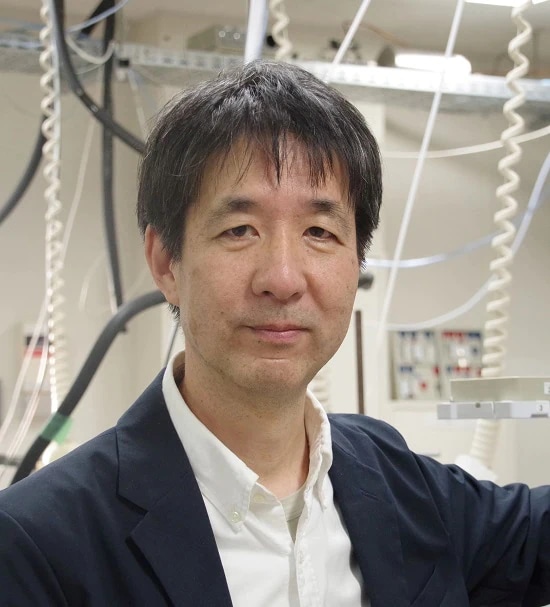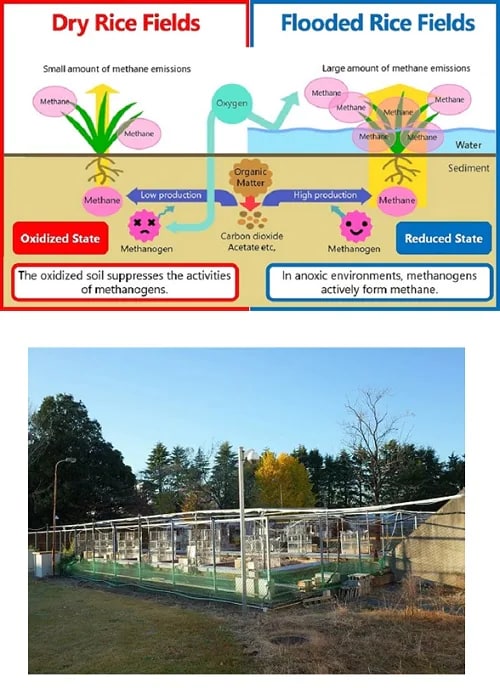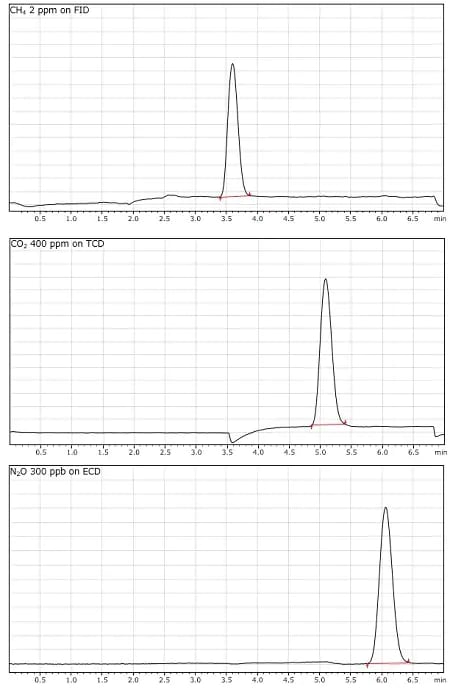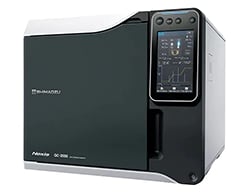Analysis of greenhouse gases (CO2, CH4, N2O) emitted from rice paddies

Shigeto Sudo, Ph.D
Group Leader Institute for Agro-Environmental Sciences Division of Climate Change Mitigation Research Mitigation System Group
National Agriculture and Food Research Organization
*Affiliates and titles of the interviewee are current as of the time of reporting.
The three major greenhouse gases that contribute to climate change are carbon dioxide (CO2), methane (CH4), and nitrous oxide (N2O). Emissions of carbon dioxide are the largest source, followed by methane. The global warming potential (GWP) of methane is more than 20 times that of carbon dioxide, and countermeasures to mitigate it are necessary. At the 26th UN Climate Change Conference of the Parties (COP26), more than 100 countries and regions launched their participation in the Global Methane Pledge to reduce global methane emissions by 30% from fiscal 2020 levels by 2030. It is said that the world's largest source of methane emissions comes from livestock, but in Japan, the largest source of methane is rice paddy cultivation.
Related Product
Gas Chromatograph
A gas chromatograph (GC) measures the content of various components in a sample. The sample solution injected into the instrument enters a gas stream, which transports the sample into a separation tube known as the "column." Helium or nitrogen is used as this so-called carrier gas. The components are separated inside the column, and a detector measures the quantity of the components that exit the column. To measure a sample with an unknown concentration, a standard sample with a known concentration is injected into the instrument. The standard sample peak retention time (appearance time) and area are compared to the test sample to calculate the concentration.





